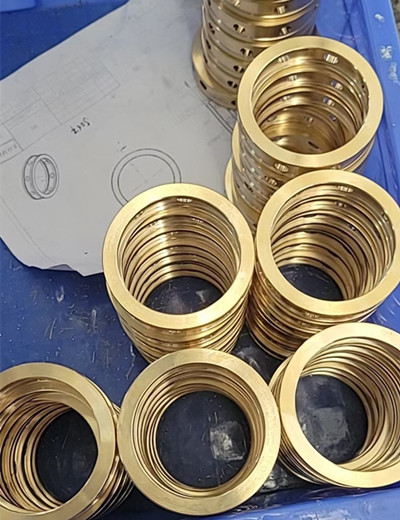I like the color of the copper parts processed by CNC. Both the finish and the color feel okay. There are many surface treatment methods for the parts processed by hardware, such as anodized, powder coating, plating

...
#cncengraving #cncplasmacutting #manufactures #cnclife #cncwood #cnccutting #productdesigns #cncroutercutting #cncowners #cncwork #cnclaser #cncdesign #cncowner #cncturning #cnc #cncshop #cncrouter #cncmachining #cnctools #cncprogrammer #cncmachined #productdesignerlife #cncwoodworking #cncmachines #cncporn #cncmill #cnclathe  ...
...